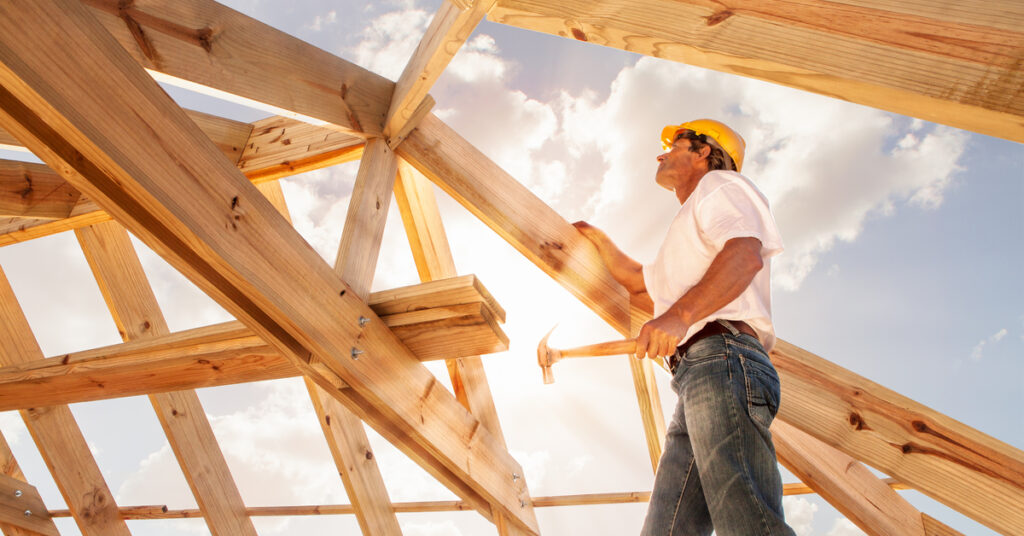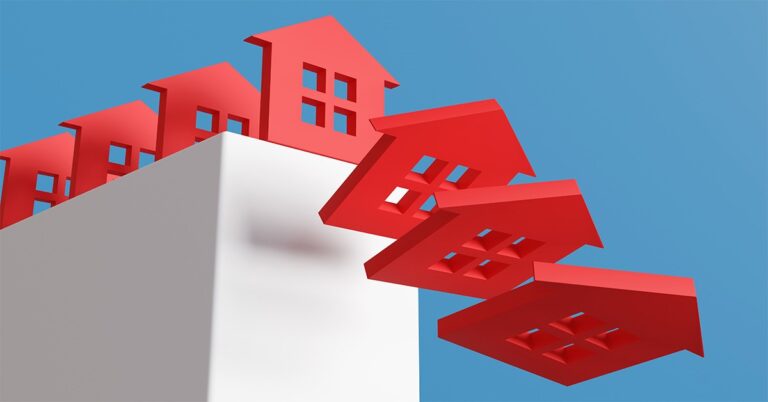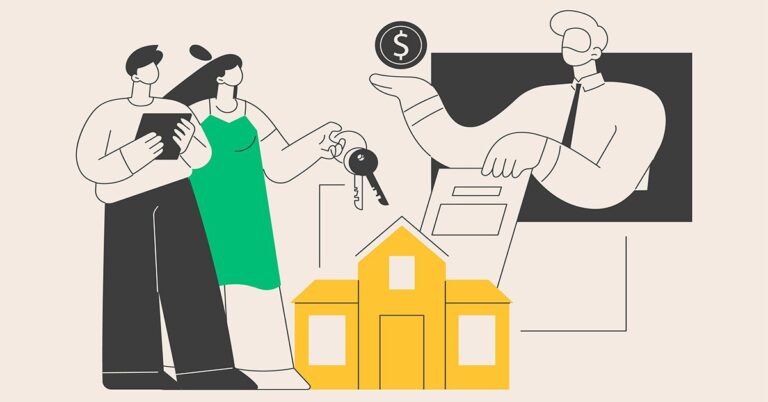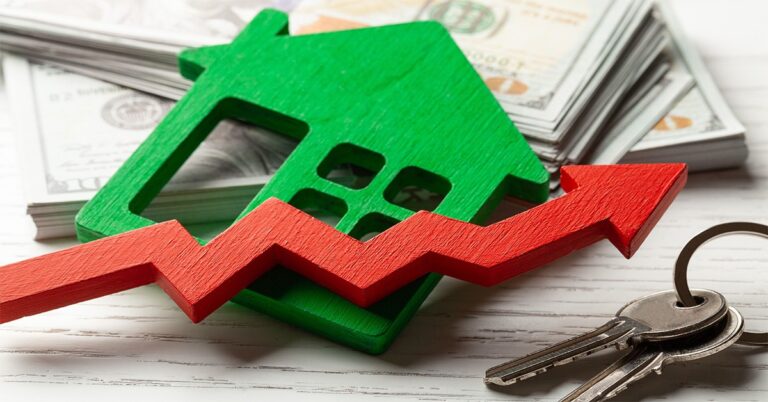Home construction in less dense, lower cost areas continued to overperform in 2020’s third quarter, adding more evidence to the concept of the growing suburban shift.
The National Association of Home Builders’ (NAHB) Home Building Geography Index (HBGI) revealed that, for the second straight quarter, data is showing that construction is following consumer preferences away from large urban areas and toward more affordable areas like suburbs and exurbs.
Suburbs of medium-sized cities posted the largest single-family construction growth in the third quarter, up 15% year over year. On the other hand, the worst performing areas for single-family building were large metro urban cores, which were also up annually but with only a 5.7% increase.
Since the first quarter, the market share for single-family construction in urban core areas dropped from 18.0% to 17.2%, while the single-family market share for small metro cores and suburbs grew from 37.7% to 38.2%.
The same trends are bearing out in the multifamily sector, as well. Apartment construction in large metro cores and suburbs fell from 67.1% to 65.2% in the third quarter. Meanwhile, apartment construction in small metro core areas has grown in market share from 21% in the first quarter of 2020 to 22.4% in the third.
“The HBGI clearly shows that the geographic changes noted in the second quarter data continued into the fall, providing a boost to building in more affordable markets,” said Robert Dietz, the NAHB’s chief economist. “The ability of individuals and families to live further from urban cores is empowering consumers to acquire housing with more space at a lower cost.
NAHB Chairman Chuck Fowke said that buyers are increasingly on the lookout for more at-home accommodations since they’re spending more time under their own roofs.
Want more news, topics and trends?
Get perspectives on the mortgage industry from thought leaders by subscribing to Scotsman Guide’s free digital editions.
“The growing demand in lower density markets stems from the fact that housing is less expensive compared to urban areas and buyers can afford larger homes to accommodate home offices, exercise rooms and other specialty rooms which are in higher demand since the pandemic,” he said.
Consumers also appear to be more interested in second homes, offering a convenient change of scenery during a time when leisure travel has been limited. Single-family building in counties considered second-home markets grew at an average rate of 13.6% in the last year. Compare that to just 10.5% for other counties.
Even multifamily building in second home markets is seeing gains, up 11.1% annually. In other counties, multifamily construction is down 0.9% over the same timeframe.
“A key question,” noted Dietz, “is how long this effect will last. Our forecast assumes at least a persistent, partial effect beyond the deployment of a vaccine.”







